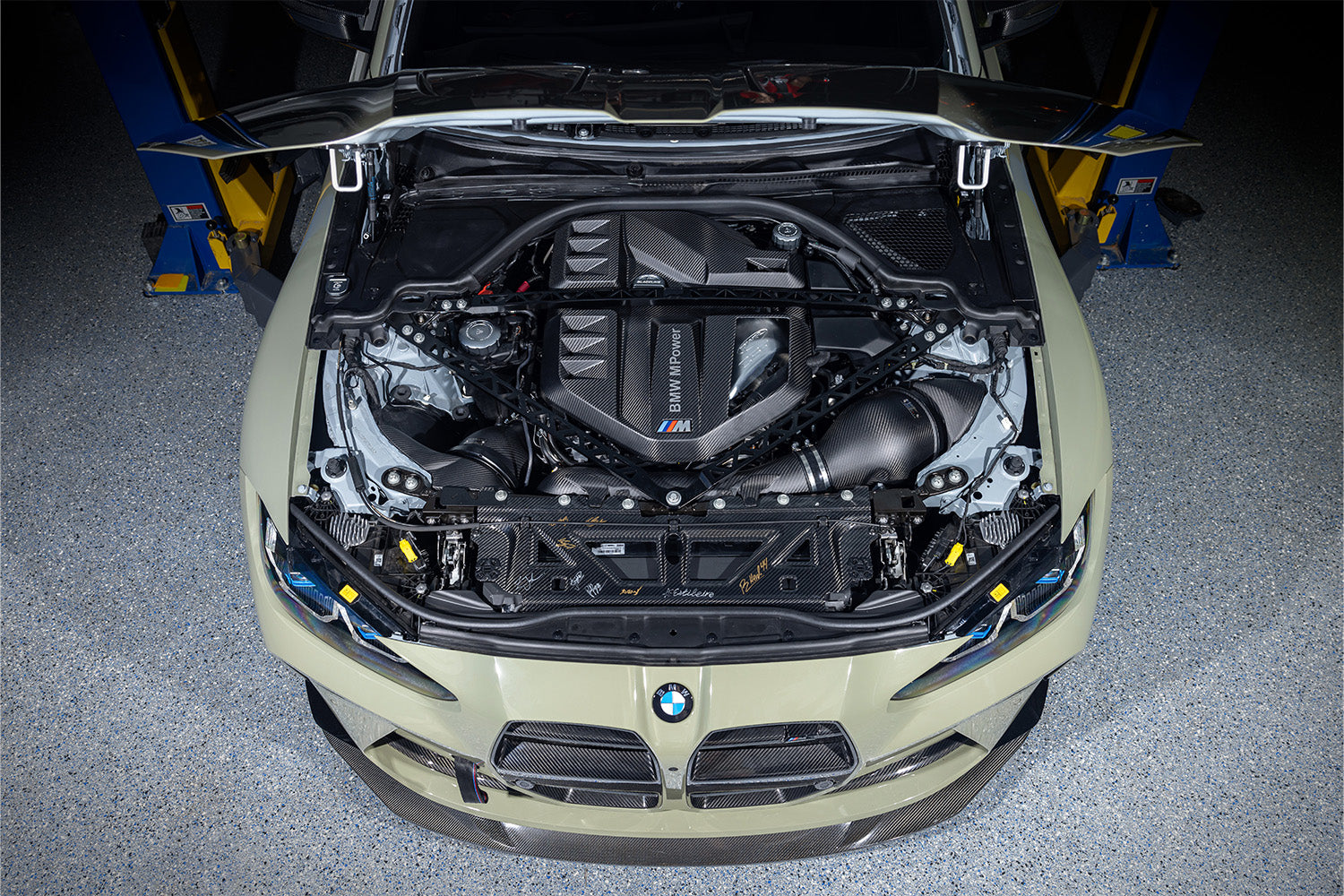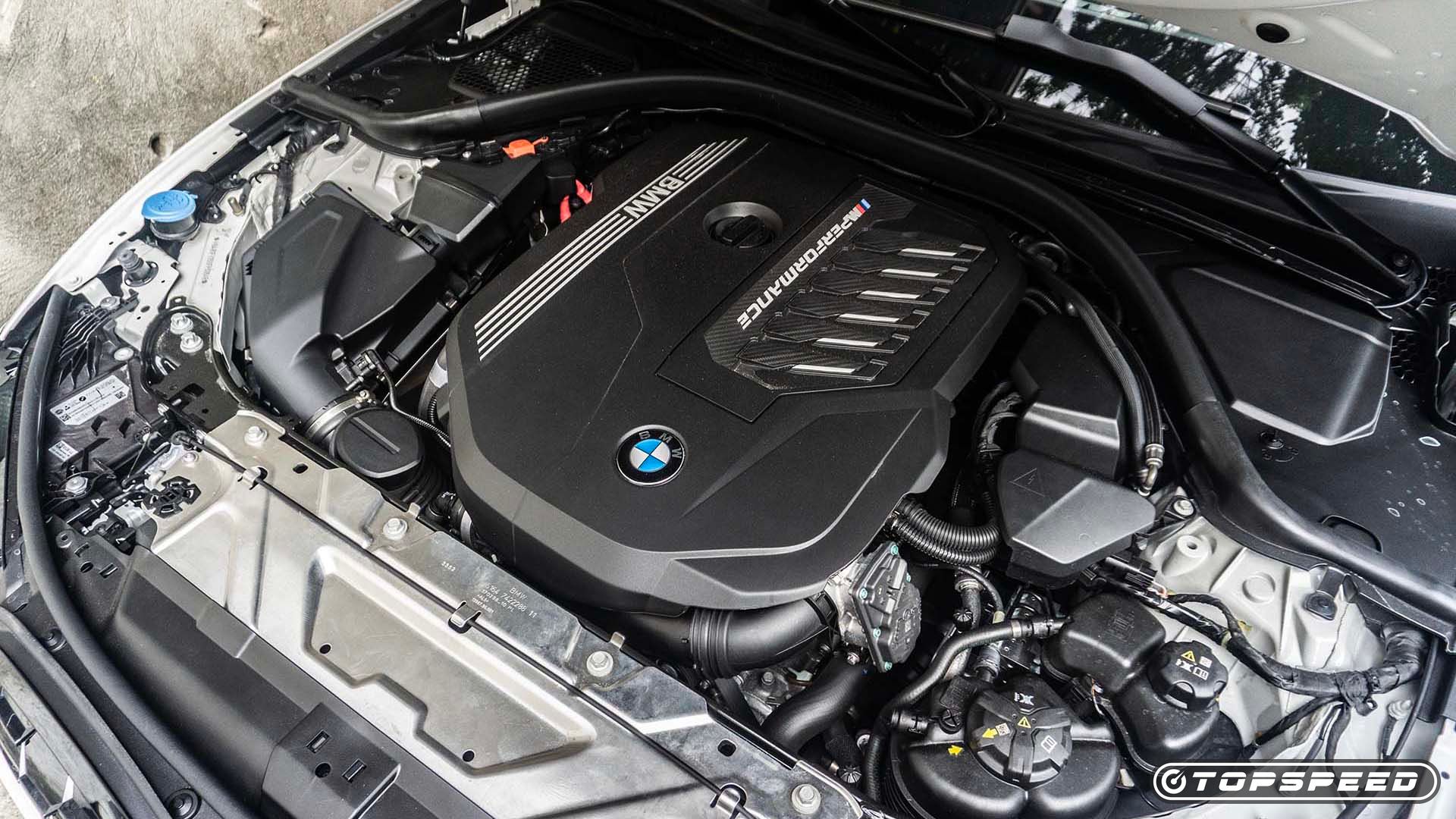How to Maintain Your BMW Engine for Optimum Efficiency and Long Life
How to Maintain Your BMW Engine for Optimum Efficiency and Long Life
Blog Article
Discovering the Development of Burning Engines in Modern Transport Systems
As we navigate the landscape of contemporary transportation, the advancement of combustion engines stands as a testament to human ingenuity and engineering expertise. From their simple beginnings to the innovative powerhouses moving automobiles today, combustion engines have gone through an impressive trip of innovation and adaptation. Understanding the ins and outs of this evolution not just loses light on the past however additionally paves the way for imagining what lies in advance in the world of transport technology. The interplay of history, modern technology, and ecological issues in shaping the trajectory of combustion engines develops a narrative that is both informative and compelling.
Early Beginnings of Combustion Engines
How did the concept of burning engines initial emerge in the beginning of transportation development? The roots of combustion engines can be mapped back to the 17th century when the concepts of interior combustion were very first discovered. In 1673, Christian Huygens conceived a standard inner combustion engine that made use of gunpowder to create power. It wasn't up until the late 19th century that functional applications of combustion engines in transportation started to emerge.
The innovation moment included the development of the very first successful gasoline-powered engine by Karl Benz in 1885 - bmw engine. This engine paved the means for the development of the contemporary automobile, reinventing transport systems worldwide. Succeeding innovations by Nikolaus Otto and Gottlieb Daimler even more improved burning engine innovation, causing the automation of cars and the quick growth of the transport market
These early combustion engines were identified by their simplicity and effectiveness, laying the structure for the complex and powerful engines used in modern transportation systems. The advancement of burning engines has been important in shaping the means we travel and transfer items, noting a considerable landmark in the history of transport advancement.
Transition to Internal Combustion Innovation
The shift to interior combustion technology marked an essential change in the advancement of transport systems. This change began in the late 19th century, with creators like Nikolaus Otto and Gottlieb Daimler creating the initial effective interior burning engines. These engines revolutionized transport by offering an extra efficient and powerful alternative to heavy steam engines and electric motors.
Among the vital advantages of inner combustion engines was their ability to be scaled down to suit lorries, leading to the advancement of cars and motorbikes. This change from cumbersome, fixed engines to small, mobile ones led the way for the contemporary transportation systems we see today.
The shift to inner combustion modern technology additionally spurred developments in gas modern technology, resulting in the growth of gasoline and diesel as key gas sources for vehicles. This change not just made transport a lot more obtainable to the masses however likewise laid the foundation for the oil and gas market to come to be indispensable to global economies.
Influence of Combustion Engines on Transport
The adoption of combustion engines in transportation systems militarized a profound change in the effectiveness and rate of worldwide flexibility. Burning engines revolutionized transportation by supplying a reputable and flexible resource of power for various vehicles, consisting of autos, aircrafts, ships, and vehicles. This development significantly improved the ability for goods and people to move over fars away in much shorter period, causing raised connectivity between regions and nations.
Moreover, the widespread use burning engines has actually had a significant effect on financial development. The capacity to transfer products effectively has stimulated profession and commerce, allowing companies to broaden their markets and get to consumers worldwide. This has actually helped with economic growth and globalization, as products can now be transferred much faster visit our website and in bigger quantities than ever.
Nonetheless, the ecological impact of burning engines can not be neglected. The burning of nonrenewable fuel sources has actually brought about air contamination and greenhouse gas discharges, adding to climate change and posing health threats to populaces. bmw engine. Consequently, there is a growing focus on establishing alternative propulsion modern technologies to alleviate these adverse effects and produce a much more sustainable future for transportation
Advancements in Burning Engine Layout
Countless developments in burning engine design have actually pushed the advancement of transport systems over the years. One significant development is the advancement of turbocharged engines, which make use of exhaust gases to drive a generator that compresses incoming air, enabling more gas to be burned, resulting in boosted power outcome without a considerable boost in engine dimension. In addition, direct shot innovation has actually improved gas effectiveness and efficiency by visit their website exactly controlling the quantity and timing of fuel infused right into the burning chamber. Variable valve timing systems have likewise revolutionized engine layout by enhancing airflow at different engine speeds, boosting both power and effectiveness. An additional significant innovation is the integration of light-weight products such as carbon fiber and aluminum alloys, minimizing general engine weight and improving car fuel economic climate. Developments in computer-aided layout have allowed engineers to optimize engine efficiency and effectiveness through simulations prior to physical models are built, saving time and resources in the advancement process. These technologies collectively add to the constant enhancement of burning engines in contemporary transportation systems.
Future Patterns in Combustion Engine Advancement
With innovation advancements driving constant innovation, the future of burning engine advancement is poised to revolutionize transport systems globally. One of the essential patterns in combustion engine development is the push in the direction of higher effectiveness and minimized exhausts.
Another famous fad is the adoption of hybrid technologies in combustion engines. Crossbreed engines incorporate typical burning innovation with electrical power, supplying improved fuel performance and reduced discharges. As the automobile market changes in the direction of electrification, crossbreed burning engines are viewed as a transitional service that links the gap in between traditional cars and completely electric ones.
In addition, the combination of clever innovations, such as expert system and information analytics, is expected to play a substantial duty in the future of combustion engine growth. These technologies can maximize engine performance in real-time, bring about more efficient burning processes and enhanced general automobile performance. Embracing these future trends will certainly not only drive development in burning engine development yet likewise add to a much more environmentally friendly and other lasting transport ecological community.

Final Thought
In verdict, the evolution of burning engines in contemporary transport systems has been marked by substantial innovations in technology and style. From the early beginnings of combustion engines to the transition to internal combustion modern technology, these engines have actually had a profound influence on transport. Developments in combustion engine design proceed to drive progression in this area, with future trends concentrating on further boosting performance and reducing exhausts. The future of combustion engines in transport looks encouraging as study and advancement initiatives proceed to press limits.
The roots of burning engines can be mapped back to the 17th century when the concepts of interior burning were very first checked out. These engines transformed transportation by supplying a much more effective and efficient alternative to vapor engines and electrical motors.

Report this page